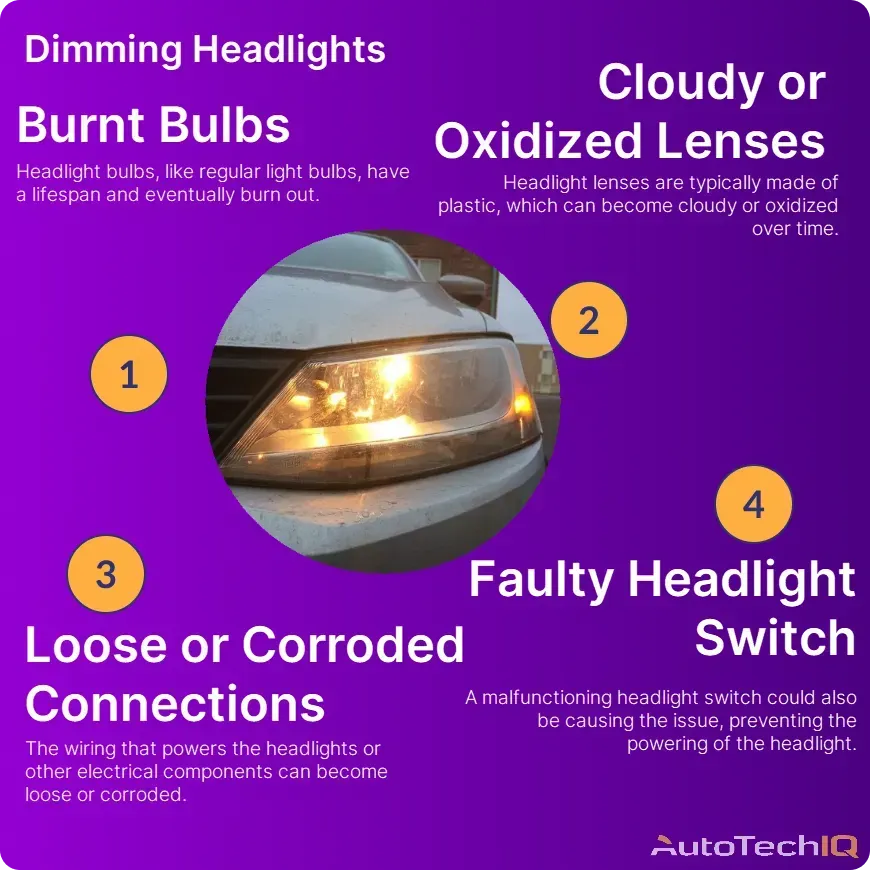It’s a situation many drivers have experienced: you walk up to your parked car and notice a puddle or stain underneath. At first, it may seem harmless, perhaps just water from the air conditioning. But sometimes those drips are a sign of something more concerning. Knowing how to identify the type of fluid leaking can help you determine whether the issue is minor or potentially serious.
In this guide, we’ll walk through the most common fluids you might find under your car, what they could mean, and how to respond. We’ll also cover safe inspection tips, warning signs you shouldn’t ignore, and when professional help might be the best option.
Why Identifying Leaks Is Important
Every fluid in your vehicle serves a specific purpose, from lubricating the engine to maintaining brake responsiveness. When one of these fluids leaks, the system it supports might not work as designed.
Here’s why catching leaks early matters:
- Prevents damage: A small oil leak can eventually lead to major engine problems.
- Ensures safety: Brake or fuel leaks can increase driving risks.
- Saves money: Fixing a leak early might be far less expensive than repairing damage later.
- Protects the environment: Oil and coolant leaks can pollute driveways, roads, and groundwater, harming the environment.
Common Types of Fluid Leaks and How to Recognize Them
1. Engine Oil
Appearance: Light brown to black, thick and greasy.
Location: Usually under the front of the vehicle where the engine sits.
Risks: Low oil levels might cause friction and overheating in the engine.
Signs:
- Dark spots on your driveway.
- Burning oil smell after driving.
- Low readings on the dipstick.
Actionable Steps:
- Check your oil level regularly.
- Top up only with the oil type recommended in your owner’s manual.
- If the leak persists, a technician might need to replace worn gaskets or seals.
2. Coolant/Antifreeze
Appearance: Bright green, orange, pink, or yellow with a sweet smell.
Location: Often under the radiator, hoses, or engine bay.
Risks: Coolant leaks can cause overheating, potentially damaging the engine.
Signs:
- Sweet odor around the vehicle.
- Steam from under the hood.
- Dashboard temperature gauge rising.
Actionable Steps:
- Inspect the coolant reservoir for low levels.
- Look for visible leaks in hoses or the radiator.
- Adding coolant may help temporarily, but frequent refills can indicate a more significant issue that requires attention.
3. Transmission Fluid
Appearance: Reddish or light brown, slippery texture.
Location: Usually under the middle or front-middle of the car.
Risks: Low transmission fluid might cause slipping gears, jerky shifts, or total transmission failure.
Signs:
- Delayed gear changes.
- Transmission warning light.
- Burning smell from under the car.
Actionable Steps:
- Check transmission fluid if your car allows it (some newer cars are sealed systems).
- Keep track of the fluid’s color and smell—dark or burnt-smelling fluid may suggest wear.
- Transmission leaks can be complex so that professional diagnostics may be a good option.
4. Brake Fluid
Appearance: Clear to light brown, thinner than engine oil but still slick.
Location: Near the wheels or under the driver’s side of the car.
Risks: Leaks can reduce braking power and create serious safety hazards.
Signs:
- Brake warning light on the dashboard.
- Spongy or soft brake pedal.
- Fluid puddles near tires.
Actionable Steps:
- Check the brake fluid reservoir under the hood.
- Never ignore brake issues—loss of fluid can cause brakes to fail.
- Seek professional assistance immediately if you suspect a brake fluid leak.
5. Power Steering Fluid
Appearance: Reddish, pink, or light brown.
Location: Toward the front of the car, under the steering rack or pump area.
Risks: Leaks might cause difficulty turning the wheel and reduce vehicle control.
Signs:
- Steering feels stiff or jerky.
- Whining noise when turning the wheel.
- Fluid near the front tires.
Actionable Steps:
- Check the power steering fluid reservoir.
- Top up if levels are low, but monitor closely persistent drops can mean a leak.
- Professional repair might be needed if hoses or pumps are damaged.
6. Windshield Washer Fluid
Appearance: Blue, green, or orange; watery and thin.
Location: Front of the vehicle under the washer reservoir.
Risks: Usually minimal, just inconvenient if you need to clean your windshield.
Signs:
- Low washer fluid level.
- Puddles of colored, watery liquid under the front of the car.
Actionable Steps:
- Refill with appropriate washer fluid.
- Inspect the washer reservoir and hoses for cracks.
7. Fuel (Gasoline or Diesel)
Appearance: Clear to amber with a strong, distinct smell.
Location: Under the tank or along fuel lines.
Risks: High fire hazard and wasted fuel.
Signs:
- Strong gasoline smell around the car.
- Reduced fuel economy.
- Check the engine light in some cases.
Actionable Steps:
- Never ignore fuel odors. Avoid driving until the issue is inspected and resolved.
- Look for wet spots around the fuel tank or lines.
- Professional repair is strongly recommended due to safety risks.
8. Water (Condensation)
Appearance: Clear, thin, odorless.
Location: Usually under the passenger side of the air conditioning system.
Risks: Harmless; this is just condensation from the AC system.
Signs:
- Small puddle after using the air conditioning.
- No unusual smells or textures.
Actionable Steps:
- No action is typically needed unless the puddle is excessive, which might suggest a clogged AC drain.
How to Safely Check Leaks at Home
If you’re unsure what fluid is leaking, you can take a few safe steps:
- Place cardboard or paper under your car overnight to catch drips and note the color or location.
- Smell the fluid cautiously; sweet, fuel-like, or odorless clues can help identify it.
- Check fluid levels in reservoirs under the hood.
- Always let the engine cool completely before touching or inspecting.
Warning Signs You Shouldn’t Ignore
Certain leaks are more urgent than others. Here’s when to take action quickly:
- Rapidly forming puddles.
- Strong fuel odors present inside or outside the car.
- The brake pedal feels soft or unresponsive.
- Dashboard warning lights paired with visible leaks.
- Overheating engine with low coolant.
Immediate Actions if You Spot a Leak
If you find fluid under your car:
- Avoid long trips until you determine the source of the leak.
- Top up essential fluids, such as oil or coolant, if it’s safe to do so.
- Clean small spills to avoid environmental hazards.
- Document the time and location of the leak—this information can help a technician.
When to Seek Professional Help
While some leaks may seem minor, others can indicate more significant issues. Professional inspections can:
- Use UV dye or pressure testing to pinpoint exact leak sources.
- Determine whether the leak is harmless (like condensation) or critical.
- Provide long-term solutions to prevent recurring problems.
Addressing leaks early with professional tools and expertise can save you from breakdowns and costly repairs later.
How Barry’s Auto Body Can Help
Barry’s Auto Body specializes in diagnosing and repairing leaks of all kinds:
- Expert Technicians: ASE-certified with experience handling complex fluid systems.
- Advanced Tools: From pressure tests to electronic diagnostics, we use the right equipment.
- Transparent Service: Clear communication ensures you understand what’s happening and your options.
If you’ve noticed mysterious puddles under your car, our team can help identify the source and restore your peace of mind.
Spotting fluid under your car can be alarming, but it doesn’t always mean disaster. By paying attention to the color, smell, and location of the leak, you can often narrow down the possible cause. While some fluids, such as condensation, are harmless, others, like brake fluid or gasoline, can pose serious risks.
When in doubt, it’s better to be cautious. If you’ve noticed fluid under your car and aren’t sure what it is, consider scheduling a professional inspection to determine its cause. Taking action now might save you from expensive repairs and ensure your car stays safe, reliable, and ready for the road ahead.
The post Noticing Fluid Under Your Car? Here’s How to Tell What’s Leaking appeared first on Barry's Auto Body.

